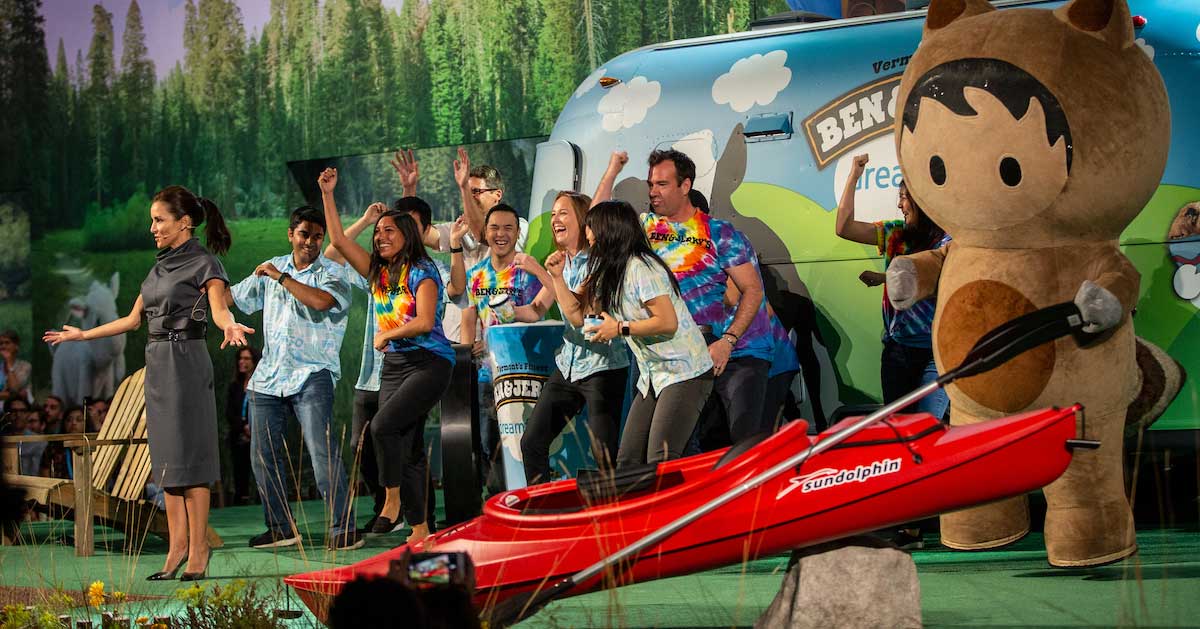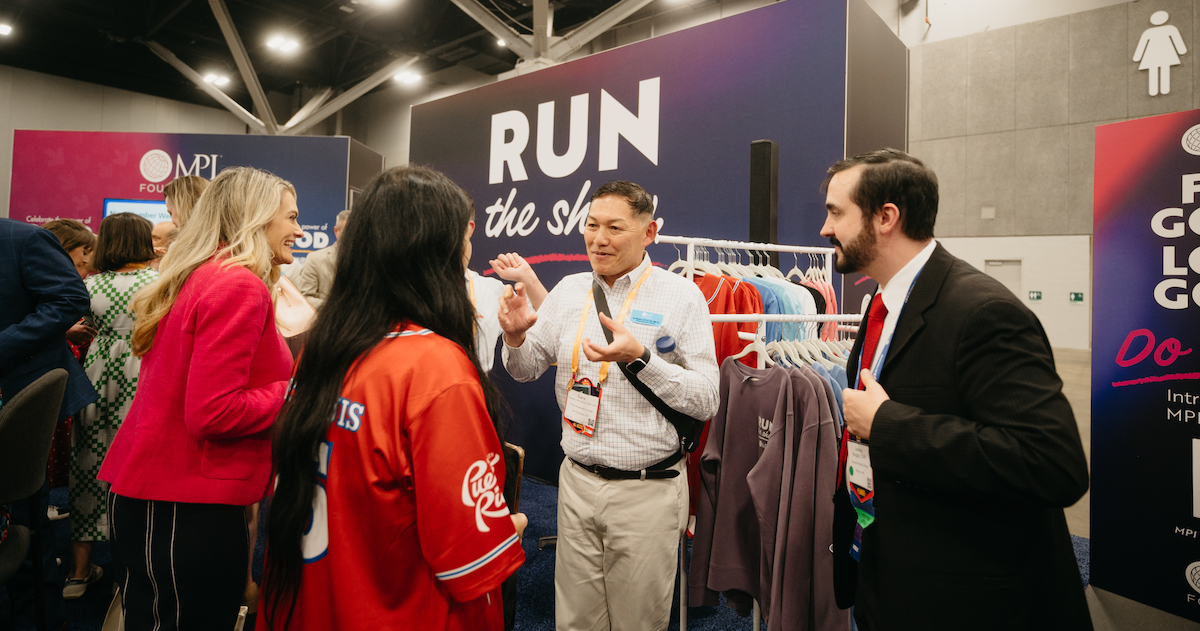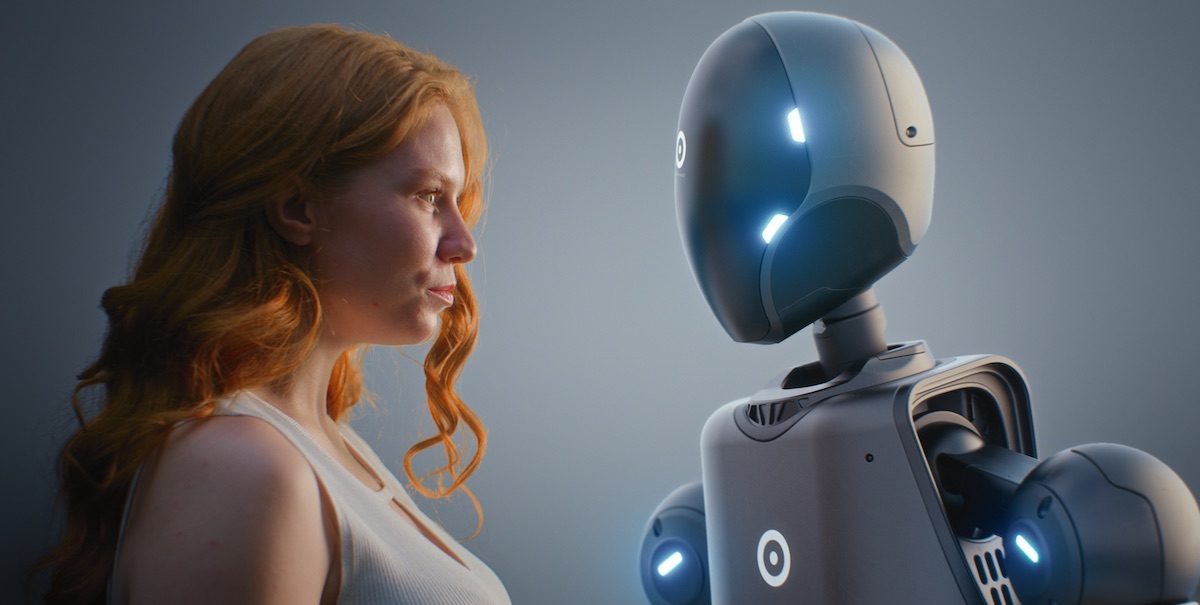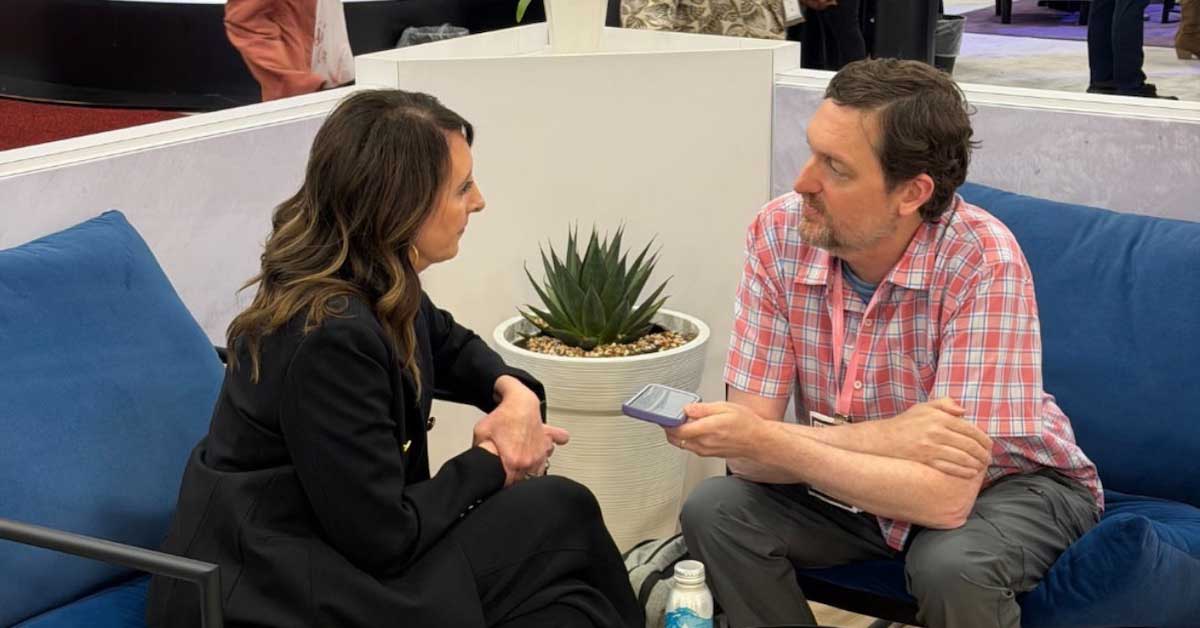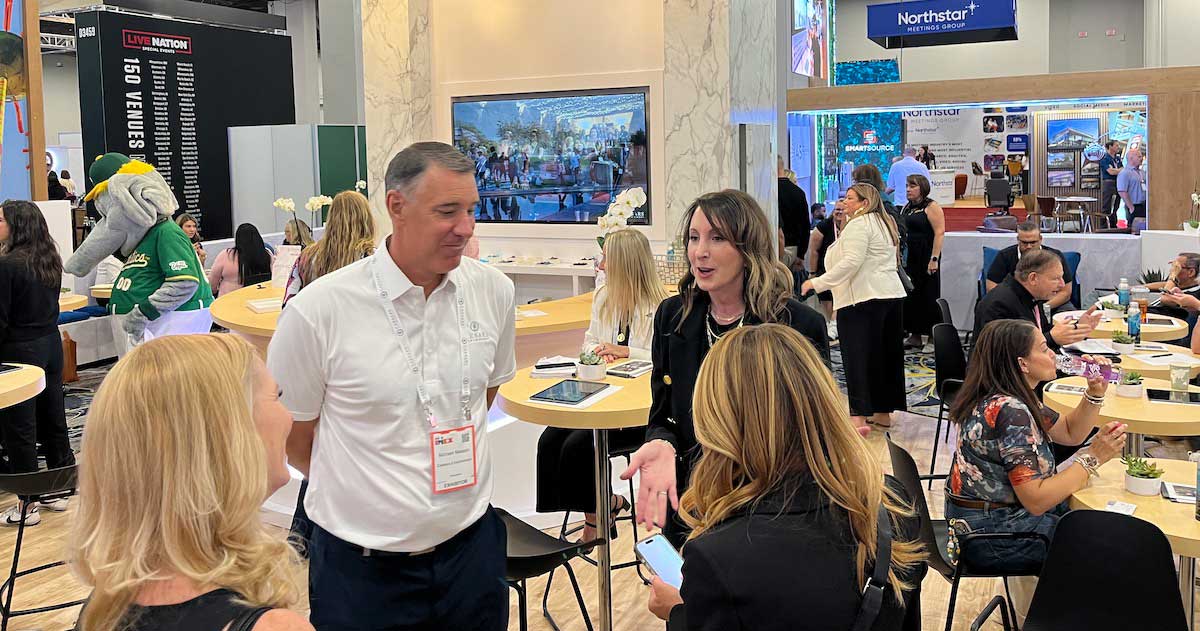For many, Salesforce’s signature event, Dreamforce, brings to mind U2, Bruno Mars or other amazing performers they’ve had over the years. Or maybe one thinks of notable keynotes from former U.S. President Barack Obama or Melinda Gates.
What people may not realize is the scope of one of the world’s largest business events. Estimates for the Dreamforce 2020 conference—Nov. 9-12 in San Francisco—are 170,000 registered attendees and 13 million people watching online.
Annette Gregg, CMM, MBA, senior VP of experience for MPI, recently connected with the agency leading the design and execution of Dreamforce, industry powerhouse George P. Johnson (GPJ) Experience Marketing. Here’s what Scott Kellner, VP of marketing, told her about the journey.
Annette Gregg: Why did you choose to highlight Dreamforce as an example of good elements of experience design?
Scott Kellner: Forbes regularly names Salesforce.com, the enterprise cloud computing company, “the most innovative company in the world.” Nowhere is this innovation better showcased, demonstrated and accessible than at Dreamforce, Salesforce’s annual user conference and flagship marketing event. GPJ has partnered with Salesforce since 2009, when attendance was hovering around 19,000. By 2019, that number had jumped to more than 170,000 registered attendees.
GPJ’s complete suite of services are utilized for Dreamforce, including strategy, creative services, live production, event services, sponsorship sales and partner marketing, registration, housing, content, technology, transportation, security, staffing, VIP executive management and special events. The entirety of the Moscone Center and hotels all over San Francisco were transformed into a massive national park-themed campus to create a truly immersive experience. Interactive installations, demos, workshops and hands-on experiences were brought to life in campgrounds, lodges and stations where various Salesforce products were explained and highlighted. The experience goes even deeper with hands-on training throughout the entire event.
Across the campus, space was filled with the sounds of crickets and birds, docents were dressed in ranger outfits, welcome and product stations were designed as park lodges, there were functioning indoor waterfalls and large forest-based characters roamed the halls as the Trailblazers (Salesforce’s term for customers) completed their personalized journeys.
AG: What are some of the challenges you’ve faced with designing the conference?
SK: San Francisco is a beautiful city. The reasons why include its geographic location and features. That kind of location also results in limits on capacity, so creating a pleasing experience for that number of attendees across many venues in that setting is challenging. With the growth of Dreamforce, there were not enough hotel rooms in the city, so we had to rent a cruise ship to accommodate additional attendees.
While we face logistical challenges with a growing event this size, the internal alignment with the client around the user experience is strong. We are fortunate that we have a client team that advocates for live events; they believe that events and experiential engagement are a strategic imperative. Experiential is at the hub of their marketing, and they understand its value because it’s the one form of marketing that’s not interrupted—with a commercial or print ad, they interrupt you. Experiential/events already have user buy-in—people have already decided to participate. Fortunately for us, Salesforce already was thinking this way when we started partnering with them in 2009.
A challenge with an event this size is increasing the personalization of the experience for the participant. We already leverage persona mapping using data, but people are still individuals, so we can’t stop with personas. Engagement has to be based on real-time processing and distribution of data. Using Salesforces’s Einstein AI and GPJ’s proprietary system, we can recommend activities and learning immediately based on attendee activity. Doing just the logistics of an event is like a print ad using just your logo—we need to take into account anthropology and psychology of engagement.
AG: We know that best practices in event experience design include elements to make them immersive, participatory, authentic and customized. How have you infused some of these elements into this event?
SK: We begin each client engagement with this question: What do we want participants to feel, think, know and do? That approach guides every step of the experience design process. And this feel-think-know framework works no matter what the event budget is. Further, as with many of our activations, there are many target personas at a single event, and each expect personalized, immersive experiences.
Our experience designers begin with our client’s desired outcomes and work their way back to each step in the overall experience (pre-, during and post-event) to make sure the engagement style is consistent, on-brand and driving toward business goals. Today, that often means real-time personalization of each attendee’s experience, powered by AI that not only enables custom recommendations (which session to attend next, with whom to network, what content to save, etc.) for individuals on the fly, but also provides valuable and complementary analytics that shape subsequent marketing outreach done by our clients. For GPJ, the experience design must serve two purposes: create something special and memorable for our client’s customers and always work toward achieving business goals.
AG: What has been the reaction from your audience? Internal and external stakeholders? Your team?
SK: Fantastic! One of the best outcomes from a successful client/agency relationship is a willingness to try new techniques, technologies and processes to add value. That passion for constant improvement, coupled with the vision and risk tolerance for new ideas, keeps everyone on the GPJ team, and the client’s team, excited. Most importantly, it fuels innovation.
AG: Can you give use some details about GPJ Experience Marketing and your mission and vision?
SK: GPJ is the world’s largest event and experiential agency, with 30 offices around the globe and more than 1,400 employees. We dive in, think big and work together to bring brands to life through immersive events and experiences that drive brand affinity, shift perceptions and establish deeper relationships between our clients and their customers.
We have the right blend of creative courage, strategic thinking and a relentless commitment to tangibly strengthening our clients’ brands at every interaction.
We are part of the Project Worldwide, an independent global network of 13 wholly owned agencies with more than 2,000 full-time employees. Our agencies closely collaborate with one another on behalf of our clients.
AG: GPJ has a long history of supporting our industry. Can you describe some of your current projects?
SK: GPJ supports our industry in a few ways that might not be obvious. First, we have a highly evolved paid internship program in which we partner with universities around the country to employ recent graduates and immerse them in the world of experiential marketing. We’ve long been known as an agency that teaches its employees a great deal, and we’re proud to extend that to young professionals entering the workplace.
We also recently announced a US$500,000 grant to California Polytechnic University San Luis Obispo (commonly referred to as Cal Poly) to help build, outfit and manage an experiential learning lab on campus. GPJ personnel will also provide guidance to students at the lab and will bring key clients into the picture so students can work on real-world projects. It’s another example of how we innovate and collaborate with our clients in unique ways.
Level Up Your Experience Design
Visit mpi.org/blog to learn more about the Dreamforce 2020 conference—what worked/what didn’t and how they measured success.
You can also join our online Experiential Marketers and Designers Community. And if you’re not an MPI member, learn more about joining and the value of belonging to this community.
If you’re ready to take the next step in experience design, enroll in one of our upcoming Event Design Certificate courses today.
Each month during 2020, Annette Gregg, CMM, MBA, senior vice president of experience for MPI, will interview MPI members to highlight some of the best examples of event experience design (or user-centered design) across the globe. Look for the reports in every issue of The Meeting Professional.
